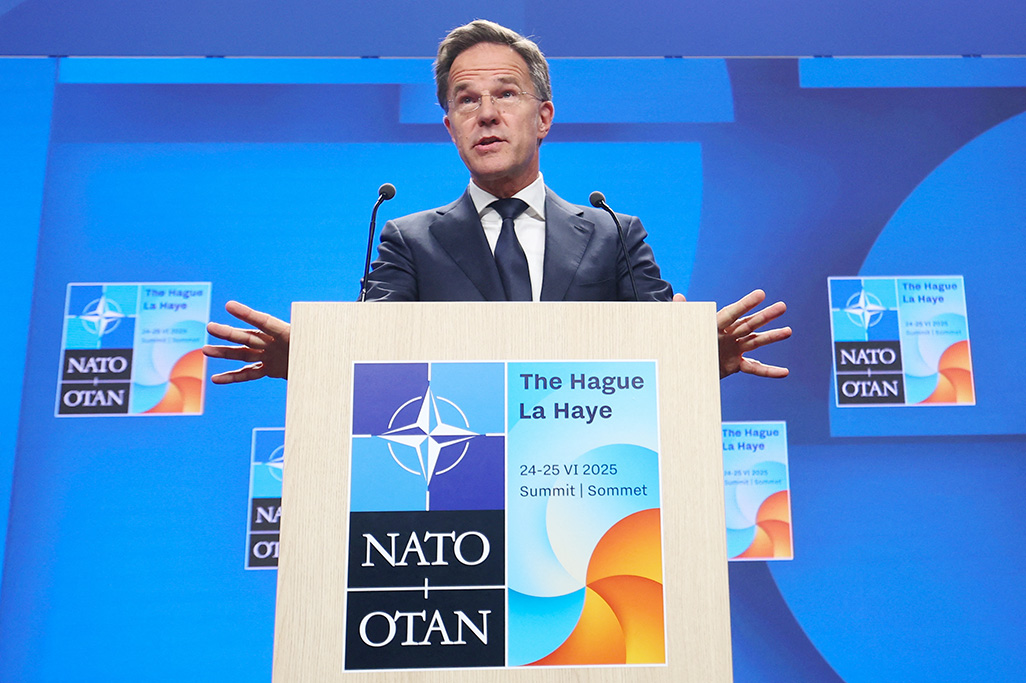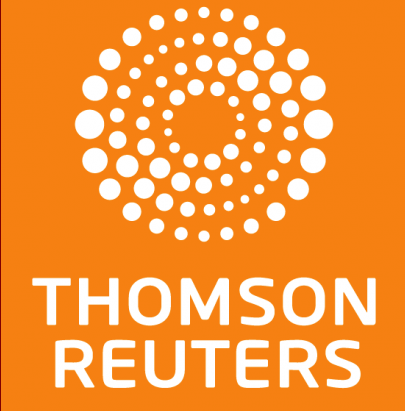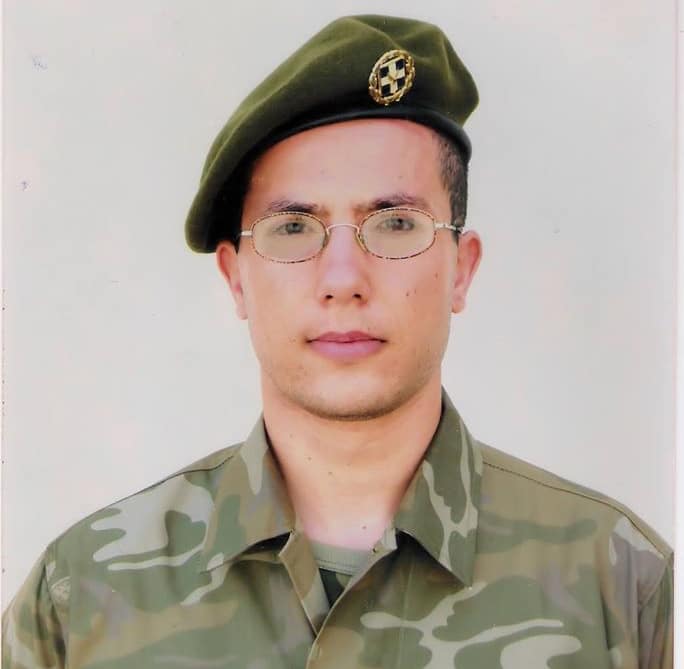The NATO alliance has crafted a summit in The Hague this week to shore itself up by satisfying U.S. President Donald Trump with a big new defence spending goal – but it now risks being dominated by the repercussions of his military strikes on Iran.
The two-day gathering is also intended to signal to Russian President Vladimir Putin that NATO is united, despite Trump’s previous criticism of the alliance, and determined to expand and upgrade its defences to deter any attack from Moscow.
The summit and its final statement are meant to be short and focused on heeding Trump’s call to spend 5% of GDP on defence – a big jump from the current 2% goal. It is to be achieved by investing more in both militaries and other security-related spending.
Spanish Prime Minister Pedro Sanchez, however, upset NATO Secretary General Mark Rutte’s preparations on Sunday as he declared Madrid did not need to meet the new spending target even as Spain approved the summit statement.
Ukrainian President Volodymyr Zelenskiy has had to settle for a seat at the pre-summit dinner on Tuesday evening – rather than a formal session with the leaders when they meet on Wednesday – due to his volatile relationship with Trump.
The U.S. bombing of Iranian nuclear sites at the weekend makes the summit much less predictable than Rutte – a former prime minister of the Netherlands hosting the gathering in his home city – and other NATO member countries would like.
IRAN INTRODUCES UNCERTAINTY INTO SUMMIT
Much will depend on the precise situation in the Middle East when the summit takes place – such as whether Iran has retaliated against the U.S. – and whether other NATO leaders address the strikes with Trump or in comments to reporters.
If the meeting does not go to plan, NATO risks appearing weak and divided, just as European members confront what they see as their biggest threat since the end of the Cold War – Russia – while bracing for possible U.S. troop cuts on the continent.
Under the new defence spending plan, countries would spend 3.5% of GDP on “core defence” – essentially, weapons and troops – and a further 1.5% on security-related investments such as adapting roads, ports and bridges for use by military vehicles, protecting pipelines and deterring cyber-attacks.
Such an increase – to be phased in over 10 years – would mean hundreds of billions of dollars more spending on defence.
Last year, alliance members collectively spent about 2.6% of NATO GDP on core defence, amounting to about $1.3 trillion, according to NATO estimates. The lion’s share came from the United States, which spent almost $818 billion.
US DEMANDS EUROPE SPEND MORE ON ITS OWN DEFENCE
Washington has insisted it is time for Europeans to take on more of the financial and military burden of defending their continent.
European leaders say they have got that message but want an orderly and gradual transition, fearful that any gaps in their defences could be exploited by Putin.
They are particularly keen to stress their spending commitment as Trump has previously threatened not to protect allies that do not spend enough on defence.
A prepared text summit statement agreed by NATO governments and seen by Reuters says: “We reaffirm our ironclad commitment to collective defence as enshrined in Article 5 of the Washington Treaty – that an attack on one is an attack on all.”
As part of their efforts to keep Trump onside, NATO officials have shunted difficult topics to the sidelines of the summit or kept them off the agenda altogether.
While many European nations see Russia as an ever-growing threat, Trump has expressed a desire for better economic relations with Moscow – a prospect that Europeans think would help Russia to strengthen its military and threaten them more.
Similarly, many Europeans are deeply wary of Trump’s moves to lessen Russia’s diplomatic isolation as part of his efforts to secure a deal to end the war in Ukraine.
The brief summit statement will include just one reference to Russia as a threat to Euro-Atlantic security and another to allies’ commitment to supporting Ukraine, diplomats say.







Click here to change your cookie preferences